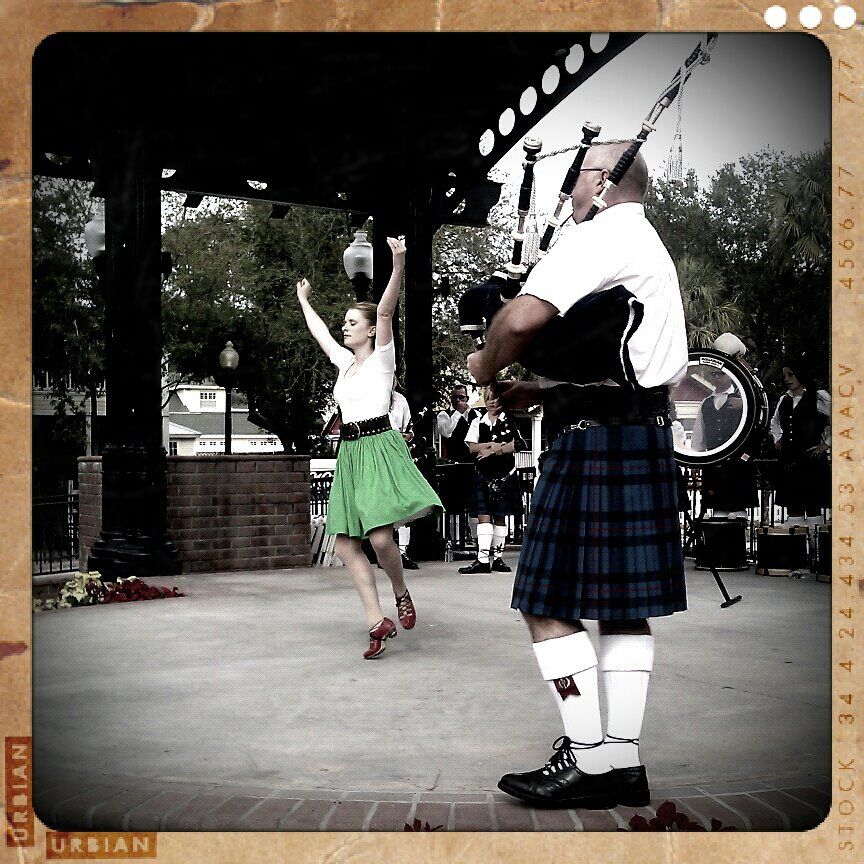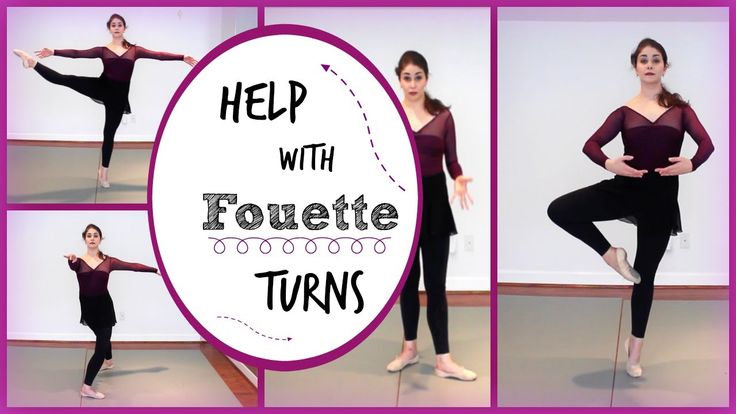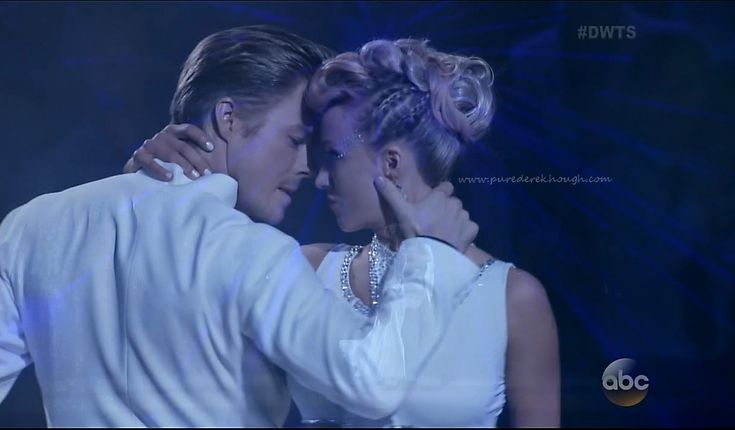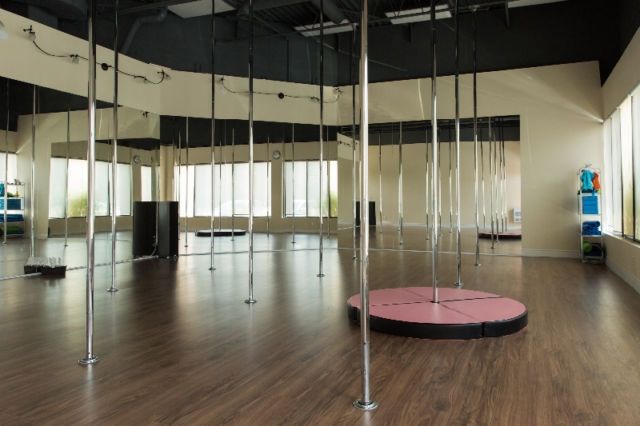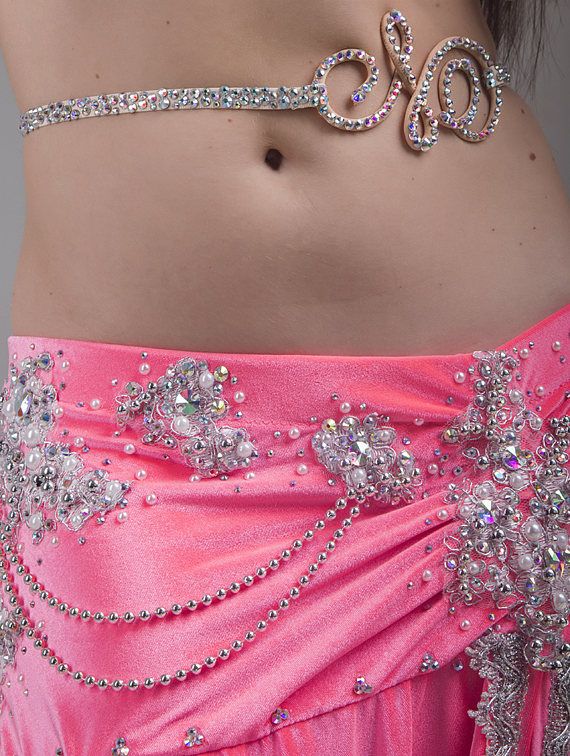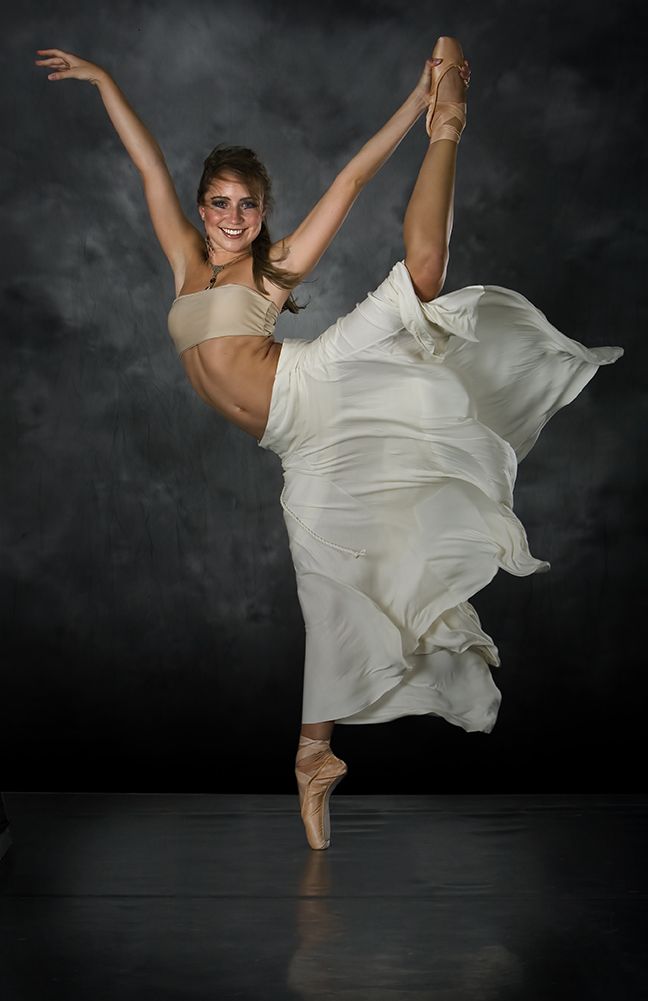How to dance the jig
Can You Do a Jig?
ARTS & CULTURE — Dance
Have You Ever Wondered...
- Can you do a jig?
- Why is it called a jig?
- Can you make up your own homemade jig?
Tags:
See All Tags
- choregrapher,
- clog,
- cultures of the world,
- dance,
- exercise,
- feet,
- fiddle,
- folk,
- footwork,
- France,
- giga,
- giguer,
- Great Britain,
- improv,
- improvisation,
- Ireland,
- Irish,
- jig,
- leg,
- movement,
- music,
- Riverdance,
- Spain,
- step,
- stomp,
- tradition
Do you have the luck of the Irish? If not, that's OK. You can still dance like them. What are we talking about? The jig, of course!
The jig is a joyful, lively dance traditionally performed by large groups of people at Irish celebrations. The word “jig" is of uncertain origin. Some believe it comes from the French word giguer, which means “to jump." Others believe it comes from the Italian word giga, which refers to a folk dance to a short piece of music.
Any time the Irish gather together in large groups with music, a party atmosphere is likely to break out. Queue up some lively Irish music and it won't be long before people are doing a jig. Jigs are characterized by lots of quick leg movements and heel stomping.
The jig has a long history. Some historians believe it began as a popular folk dance as far back as the 1500s. The earliest forms of the jig were probably performed to fiddle music. Early jig dancers would keep their upper body very rigid in order to allow those watching to concentrate on the quick, intricate footwork.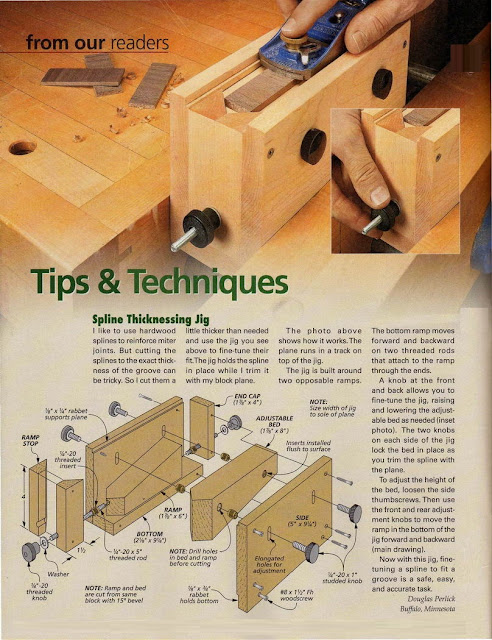
The fast footwork involved in the jig has led to the development of many other types of “step" dances throughout Ireland. Jig and Irish step dance competitions became popular and helped spread the jig to other countries, including Great Britain, France, and Spain.
Doing a jig will definitely give you a workout. Jigs are usually accompanied by fast-paced music. In addition, many jig competitions encourage dancers to improvise their own dance moves. The dancer who can outlast all the others is often crowned the champion.
The Irish jig has inspired similar dances in many countries around the world. For example, in the United States, clog dancing traces its roots back to the jig and other Irish folk dances.
Wonder What's Next?
Tomorrow’s Wonder of the Day may blow you over!
Try It Out
Ready to dance a jig? Well, what are you waiting for? Get dancing! Find a dance partner or two and check out one of more of the following activities:
 Follow the step-by-step instructions and give it a try. Make sure you find some lively Irish music to accompany your dance steps.
Follow the step-by-step instructions and give it a try. Make sure you find some lively Irish music to accompany your dance steps.- Before you try to dance a jig yourself, it might help to watch a few videos online to get the hang of what it's all about. Here are a few videos you might enjoy:
- Jig
- Irish Jig
- Slip Jig
Did you get it?
Test your knowledgeWonder Words
- jig
- clog
- outlast
- joyful
- lively
- rigid
- footwork
- traditionally
- fiddle
- improvise
- inspire
- unique
- queue
- choreographer
- uncertain
- origin
- atmosphere
- intricate
- characterize
Take the Wonder Word Challenge
Rate this wonder
Share this wonder
×GET YOUR WONDER DAILY
Subscribe to Wonderopolis and receive the Wonder of the Day® via email or SMS
Join the Buzz
Don’t miss our special deals, gifts and promotions. Be the first to know!
Be the first to know!
Share with the World
Tell everybody about Wonderopolis and its wonders.
Share Wonderopolis
Wonderopolis Widget
Interested in sharing Wonderopolis® every day? Want to add a little wonder to your website? Help spread the wonder of families learning together.
Add widget
You Got It!
Continue
Not Quite!
Try Again
The History of Irish Dance
Celtic StepsOur StoryThe History of Irish Dance
Ancient Celtic Dance
Although the exact roots and origins of early Irish dancing are lost in time, there is evidence to suggest a linkage between early forms of Celtic dance and that of modern Irish dance. The Celts were sun worshippers who practiced a pagan dance within a circular formation of stones which has some commonality to the circular formation of Irish set dancing. Celts were also said to have danced clockwise in circles on happy occasions and anti-clockwise when mourning.
Celts were also said to have danced clockwise in circles on happy occasions and anti-clockwise when mourning.
They often included movements which involved repeated tapping of the feet on one spot – shades of Sean Nós – and modern solo dancing as well as setting steps in Irish and Scottish group dances.
1413
The earliest reference to dance in Irish history details a visit between the Mayor of Waterford and Mayor of Baltimore. A processional combination of singing and dancing took place called carolling which originated from European folk dance histories and was thought to be introduced to the Irish by the Normans when they arrived in 1169.
1598
The year of 1598 saw dance reels beginning to be published in a work entitled News from Scotland. The reel which is thought to be mostly Scottish in origin was said to be named after the Swedish ragla, which means to stagger, incline or move while walking, first to one side and then the other.
1686
The Irish Jig is widely accepted as Irish in origin and was likely to have originated from an Irish Clan marching tune. The first jig was published by John Playford, a music publisher and choirmaster of St. Paul’s Cathedral in 1986. Queen Elizabeth I was a very public advocate of the Irish Jig.
The first jig was published by John Playford, a music publisher and choirmaster of St. Paul’s Cathedral in 1986. Queen Elizabeth I was a very public advocate of the Irish Jig.
1689
The three most popular dances mentioned in Irish records from this time include the hay, the rinnce fada (rince is the Irish word for dance) and the rinnce mór. The hay was thought be to circle or chain dance where people would chain in and out of each other in a circle.
The first mention of the Irish rinnce fada, which means the long dance, was recorded in 1689 as it was danced in honour of the arrival of James II to Ireland. It was believed he was already familiar with the dance which suggests it was already in practice long before this time.
1691
The Irish people’s love of dancing has been well documented throughout the ages but perhaps John Dunton, an English bookseller and author, put it best when he wrote; ‘on Sundays and Holydays, all the people resorted with the piper to the village green, where the young folk dance till the cows come home.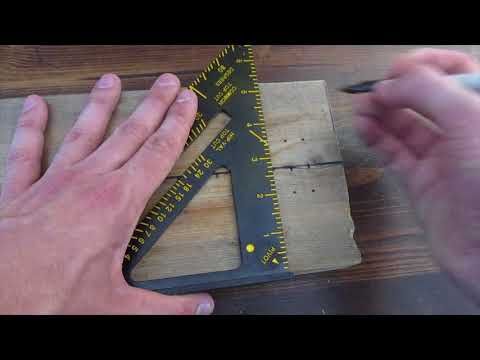 There was no occasion from which dancing was absent’.
There was no occasion from which dancing was absent’.
1700
The dance of the hornpipe is first mentioned in the time of Henry VIII by Chappell. This dance in particular, is generally excepted by most as being of English origin and is believed to have arrived in Ireland around the 18th century.
1700 – 1800
This era saw the introduction of the Irish Dancing Masters who travelled the country to teach their trade to the masses. They were strongly aware of and influenced by French dancing etiquette manners and deportment. These modern forms of dancing were adapted by the Irish Dancing Masters and passed on to their pupils who came from families of all classes throughout Ireland.
The Dance Masters taught a variety of dance principles from simple steps required for crossroad dancing to the more complicated French cotillions and quadrilles, all of which evolved into country set dances, with each locality adding their own characteristics and preferences.
1893
The Gaelic League was founded in 1893. After centuries of British rule in Ireland, the aim of the League was to recreate a separate cultural Irish nation where the use of all English language, culture, games, dress, literature, music and dance was eliminated. While its aims were admirable, the order banned many dances which were popular at the time including round and country dances as well as quadrilles.
After centuries of British rule in Ireland, the aim of the League was to recreate a separate cultural Irish nation where the use of all English language, culture, games, dress, literature, music and dance was eliminated. While its aims were admirable, the order banned many dances which were popular at the time including round and country dances as well as quadrilles.
1897
The year of 1897 marks the first ever public Ceílí which took place ironically, in London’s Bloomsbury Hall, organised by the Gaelic league, at which sets, quadrilles and waltzes were danced to Irish music.
1929
This year saw the formation of the Gaelic Dancing League which endeavoured to resurrect some of the dances they had caused to disappear. When this was not possible, they composed others in their place. These included the Walls of Limerick and the famous Siege of Ennis.
1935
In 1935, the Public Dance Halls Act was enforced which required all public dances to be licensed and laid down the conditions under which licenses might be issued by district justices. With the act came the end of a way of life in rural Ireland where dances in neighbouring houses were commonplace. Despite another obstacle to the growth of the culture of Irish dancing, the raw nature of set dancing did survive in the parts of Ireland which most valued tradition including counties Clare, Cork and Kerry.
With the act came the end of a way of life in rural Ireland where dances in neighbouring houses were commonplace. Despite another obstacle to the growth of the culture of Irish dancing, the raw nature of set dancing did survive in the parts of Ireland which most valued tradition including counties Clare, Cork and Kerry.
1951
The formation of Comhaltas Ceoltóirí Éireann, meaning the Society of the Musicians of Ireland, which were dedicated to the promotion of music, song, dance and language in Ireland, lead to the strongest revival of interest in traditional Irish music and dance on record. People danced Ceílís and sets across the country and in the years to follow the movement inspired the rise of great Irish Ceílí bands like the Kilfenora, the Tulla, the Aughrim Slopes and the Castle.
1970
In 1970, the birth of the Gaelic Athletic Association, a sub division of Comhaltas organised competitions where teams of dancers from around the country gathered together to share their own style of set dancing to all.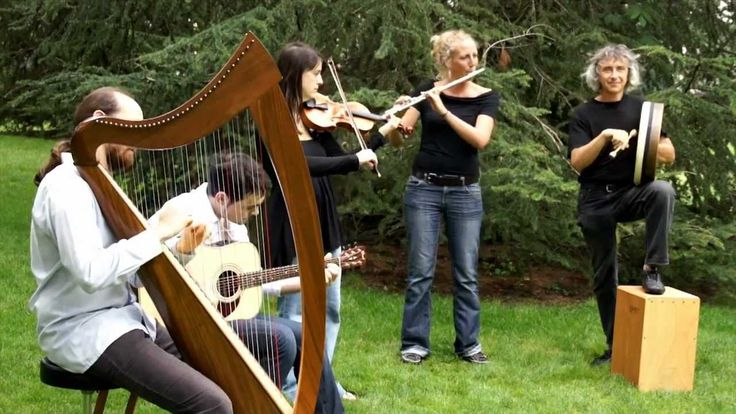 This too inspired other communities to foster a pride in their own unique take on Irish dancing and look for and revive their own style of sets.
This too inspired other communities to foster a pride in their own unique take on Irish dancing and look for and revive their own style of sets.
1980-1990
This decade saw a huge increase of set dancing workshops and set dancing Ceílís around the country of Ireland, with even GAA and ruby halls becoming practice grounds for Irish Dance and its pupils as the infectious nature of the craft captured the hearts of many. This spirit and enthusiasm for the culture of Irish dance is something that still to this day, remains strong in schools and communities across the country.
Research taken from Toss the Feather – Irish Set Dancing by Pat Murphy.
Light Jig (Irish Dance) - FAYaworks!
11/15/2020
Showroom creator: Assoc. Rykunova Irina Yurievna, Candidate of Philology (VGSPU, Department of English Language and Teaching Methods)
Showroom annotation: In this showroom you will get acquainted with the Irish jig dance.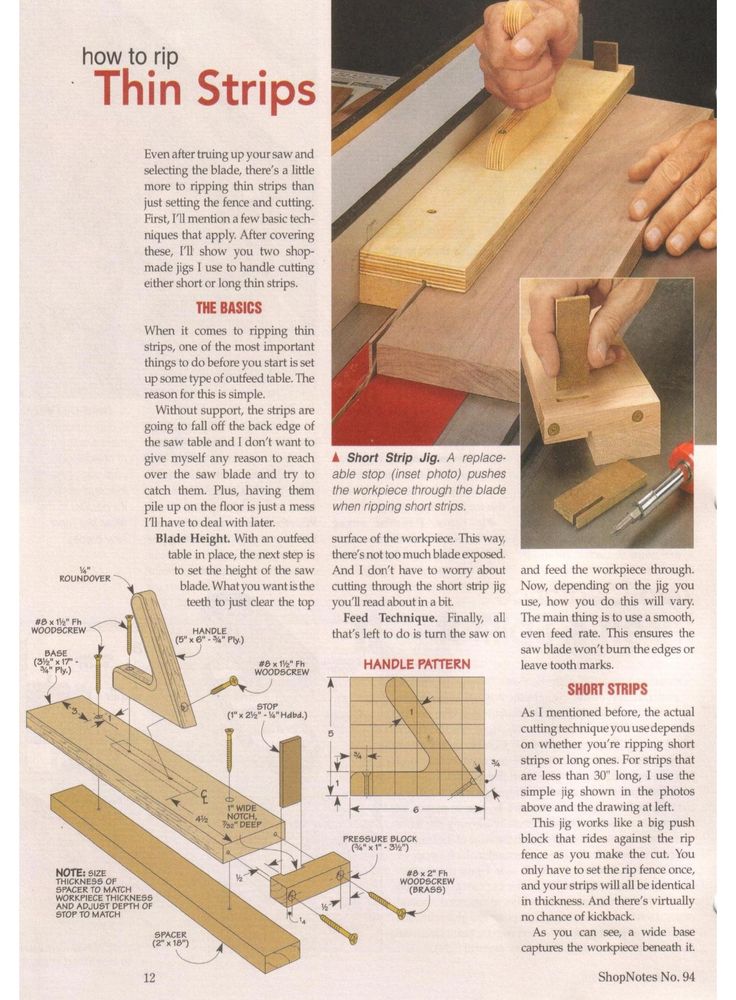
Light Jig is one of the solo Irish dances. Translated from Italian (Italian giga, English jig) - fast old dance. Recorded in the British Isles in the 16th century.
Today the jig is one of the most popular tunes in Irish and Scottish dances, strongly identified with the Celtic culture.
Jig melodies are the most ancient and are originally Irish heritage. "Jigs" differ in musical size, speed and style of performance.
"Jiga" is available in several versions. Depending on the speed of the melody in which the dance is performed, there are “single jig”, “double jig” and “treble jig”. Depending on the shoes in which the dance is performed, there are "light" and "heavy jig".
The following video clip shows the basic steps of a light jig. You will come across terms:
- hop - jump;
- back - put your foot back;
- point - put your foot on an extended toe;
- step - step;
- side step - step to the side (substep)
Now you can start dancing "light jig", because to learn how to dance, you need to dance! Just remember to choose the right shoes first, and for this, watch the video “How to pick Shoes: Irish Step Dancing”:
English version:
Light Jig is one of the Irish solo dances. Translated from Italian (Italian. giga, English. jig) - fast old dance. In the 16th century it was recorded in the British Isles. At the moment, the jig is one of the most popular tunes in Irish and Scottish dances, strongly identified with Celtic culture. Jig melodies are the oldest and are of native Irish heritage. Jigs differ in musical size, speed, and style of performance.
The jig is presented in several versions. Depending on the speed of the melody in which the dance is performed, single-jig, double-jig and treble-jig are distinguished. Depending on the shoes in which the dance is performed, there are light and heavy jigs.
The video clip shows the main steps of the light jig. You will hear the following terms:
- hop - jump;
- back - put your foot back;
- point - put your foot on an extended toe;
- step - step;
- side step - side step (substep)
Now you can start dancing Light Jig because to learn how to dance, you just need to dance! Just do not forget to choose the right shoes first, and for this watch the video "How to pick Shoes: Irish Step Dancing" :
Showrooms
Irish Dance Lessons for Beginners: Simple Movements. Encyclopedia of Dance: Jiga Jiga Dance Training
Initially, a small violin was called a jig, which was used to accompany the dancers. Back in the 12th century, the jig was a pair dance, but among sailors it became a solo dance, and with comic overtones. For example, William Shakespeare in his plays emphasized the comical nature of the jig.
The jig has migrated to melodies of Irish origin. Today, the jig is found in various types of Irish dances. Jig is presented in various versions.
1. Single jig
One of the simplest melodies danced in 6/8 or 12/8 time. This type of jig is very popular in Europe, but they do not like to perform it in the USA. Such a jig is performed by beginners in dancing and those who continue to learn, dance it in soft shoes.
2. Double jig
It is performed both in soft and hard shoes, always with the beating of the rhythm. If performed in hard shoes, then in time 6/8 and then it is called a heavy jig.
If performed in hard shoes, then in time 6/8 and then it is called a heavy jig.
3. Treble jig
It is performed in hard boots. This is the slowest type of jig. It is characterized by pirouettes, swings and jumps. Beginners dance the treble jig at 92 beats per minute, but the pros dance at 73 beats.
4. Sliding jig
Also called slip jig. Performed in 9/8 bars. Because of the slower phrases, the melody is also slower. This kind of dance is performed on very high toes and therefore it is called Irish ballet. This jig is often performed by women. She is a very graceful and airy dance.
We all remember Johnny Depp's wonderful jig-jump dance from the movie "Through the Looking-Glass" by the Hatter. In fact, the jig is the national dance of the British and Irish, the movements of which are quite complex and require intensive and constant training. Jiga is very incendiary, it charges with its mood and manner of performance.
Jiga is very incendiary, it charges with its mood and manner of performance.
Ireland is an unusual and mysterious country, the unique charm of which is given by evergreen hills, ancient castles, and of course amazing dances. National dances are performed only to Irish music and look very beautiful and spectacular, thanks to the speed of movement and rhythm. Currently, this dance direction is extremely popular in many countries. There are many schools and studios that teach jig, reel or hornpipe, but you can learn how to dance Irish dances on your own. Depending on the technique of performance and the number of participants, the following varieties are distinguished:
- Solo, is a rhythmic and clear movement of the legs, while the body and arms are motionless, one person is dancing.
- Group, performed by a group of up to 16 people, and include elements of solo dances with rebuilding in a circle, line or column and the inclusion of hands.
- Folk or social, characterized by simple quadrille-like movements, danced in pairs.
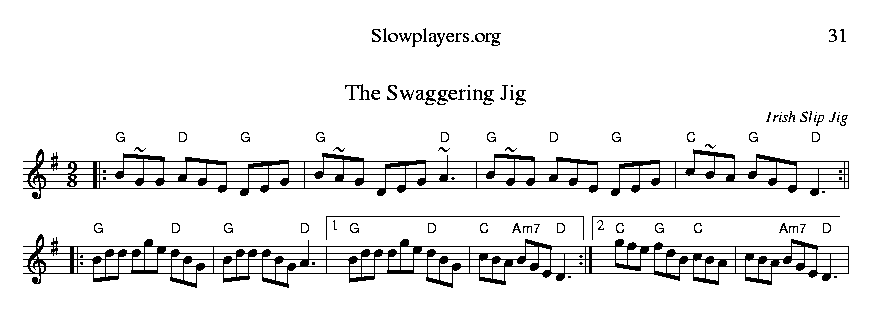
For those who decide to learn how to dance Irish dances on their own, video lessons for beginners will be an excellent tool. It is better to start with a solo direction, which includes: jig, reel, hornpipe and solo sets.
Jiga
Performed to the music of the violin. Fun and cheerful jig, consists of traditional jumps and special steps. The jumps are quite high, which makes a lasting impression, but at the initial stage, you should not jump high. First you need to learn how to properly hold the body and press your hands, and most importantly, land softly. Dynamic and spectacular Irish dances can be a serious challenge for beginners.
Reel
Reel is believed to be of Scottish origin, but has been heavily modified to include true Irish elements. Great for beginners and is usually the starting point for learning how to dance Irish dance properly. May be fast or slow.
Fast paced reels have a set of simple movements, while slow ones are characterized by a more complex set of figures, including high jumps. The technique of execution, depending on the type of footwear, can be soft or hard.
The technique of execution, depending on the type of footwear, can be soft or hard.
Hornpipe
Includes jumps and tap dance elements, touching the floor alternately with the heel and toe, creates a drumming effect. Hands are usually located on the belt or extended at the seams, and swings are made with a leg bent at the knee. It is performed only in hard shoes and is the most difficult to master. Somewhat similar to the reel, the hornpipe is notable for its particular dotted rhythm and emphasis on the first count. It can also be slow and fast.
Set solo dances
A distinctive feature is a special set melody, which can be traditional or author's, and differs in its structure from ordinary Irish music. Under such melodies, unique dance compositions are developed, intended for participation in competitions, which will include complex steps and non-traditional elements. From generation to generation in Ireland, the music and steps of solo sets created in the distant past and called traditional are transmitted.
Irish dancing is not only an amazing charge of positive energy and energy, but also a great way to increase stamina and improve physical fitness. Having mastered the basic elements, you can continue to use lessons for beginners to learn Irish dances, or contact a special studio. Speed, clarity and rhythm of movements will come with regular practice.
History of the jig
Originally, the jig was a pair dance; however, among sailors it spread as a solo, very fast dance of a comic nature. William Shakespeare in his plays emphasized the buffoonish nature of the jig. Soon the jig made its way into professional music as well. Pieces under this name are found in English virginal and lute collections of the 16th century. In the 17th century, the jig entered the dance life of many countries of Western Europe, although its development proceeded differently in different countries.
At the turn of the 17th-18th centuries, the Italian jig acquired European significance.-Step-18.jpg/aid1640374-v4-728px-Shuffle-(Dance-Move)-Step-18.jpg) It was she who entered as the final part in the pre-classical sonatas and suites of Arcangelo Corelli, Antonio Vivaldi, JF Rameau. The finale of Bach's Brandenburg Concerto No. 5, without having the designation of a jig, also reveals the inherent character of this dance.
It was she who entered as the final part in the pre-classical sonatas and suites of Arcangelo Corelli, Antonio Vivaldi, JF Rameau. The finale of Bach's Brandenburg Concerto No. 5, without having the designation of a jig, also reveals the inherent character of this dance.
Squeezed out of European salon life by new dances (minuet, gavotte and others), during the 18th century the jig gradually loses its significance in professional music as well. In the future, the jig was mainly used by the people, successfully preserved to this day in Ireland and Scotland. In the twentieth century, some composers again turn to the jig as a musical genre. Among them is Claude Debussy ("Images", 1912), I. F. Stravinsky (Concert Duet, 1932; septet, 1952-53), Max Reger (op. 36, 42, 131c), Arnold Schoenberg (op. 25 and 29) .
Irish dance jig
The jig is one of the most popular tunes in Irish dancing. Presented in several versions. Depending on the speed of the melody in which the dance is performed, single jig, double jig and treble jig are distinguished.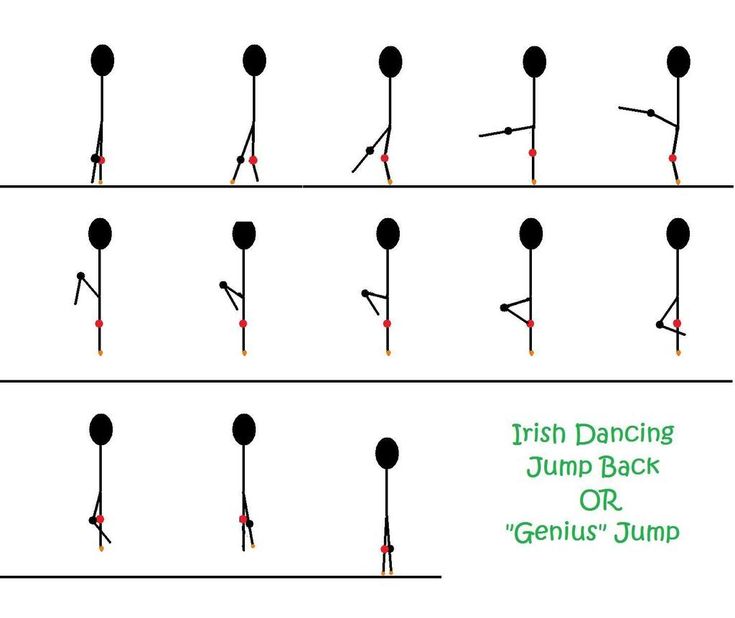 Depending on the shoes in which the dance is performed, light and heavy jig are distinguished. The slip-jig, performed to a special rhythm, stands out as a perfect apart 9/8 and exclusively in soft shoes.
Depending on the shoes in which the dance is performed, light and heavy jig are distinguished. The slip-jig, performed to a special rhythm, stands out as a perfect apart 9/8 and exclusively in soft shoes.
Single jig
Double jig
Treble jig
Slip-jiga is currently performed exclusively by women in competitions, but until about 1950, both men and pairs competed in this dance. Since the 1980s, there has been discussion about the return of men to competition in this dance. Slip jig, danced on 9/8, is the most graceful and graceful dance performed in soft shoes and highlighted in the Riverdance show.
The slip jig is sometimes called the slide jig or hop jig. But sometimes a slide jig is also called a single jig.
See also
Notes
Bar and table jigs
Only a folk dance can be so expressive and expressive. Ireland is associated all over the world with red-haired beauties, St. Patrick's Day, bright green quatrefoil and, of course, tart ale.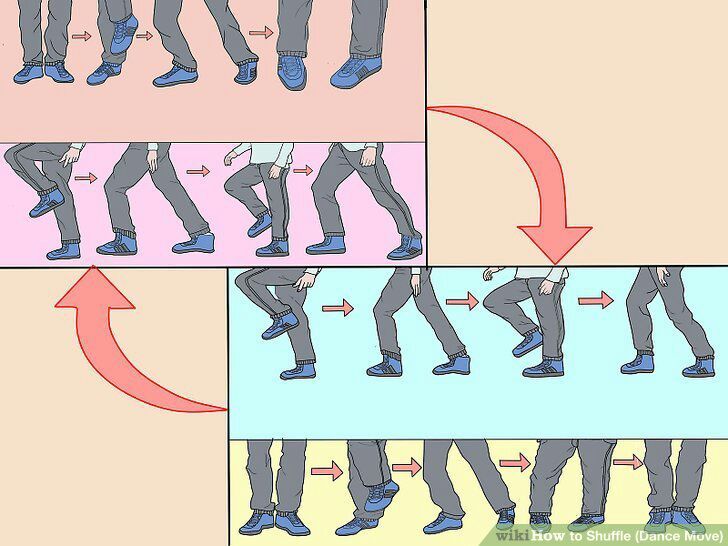
Local pubs have always been a place of fun and mischief, which is impossible to imagine without playing a jig. Moreover, any, even the most insignificant, piece of free space, including a table and a bar counter, is suitable for this.
This ancient dance owes its name to the name of the traditional Irish fiddle, which was used to entertain fairground people in the Middle Ages (the first written records date back to the 11th century). Later, the jig began to be performed during fesh (feis - a peasant party with music and dancing).
According to one version, the word is of French origin - gigue, or "gigue", according to another - Italian (read as "giga"). Also, the word "jiga" refers to the music that accompanies the dance. It was she, fast, bright, spectacular, that made people start dancing.
Initially, the jig was performed in pairs, however, sailors, pub regulars, picked up the colorful dance and turned it into a solo dance. In Shakespeare's time, the jig was performed in a clownish manner at the end of a theatrical production. And then...
Then came the eradication of Irish culture. With the beginning of the colonization of Ireland by England, national dances and music became prohibited. From the 17th century to the middle of the 19th century, teaching the traditional arts was severely punished.
The culture was preserved thanks to the efforts of itinerant teachers, who became the forerunners of dance education. Masters moved from one village to another, stopping to stay in one of the peasant houses. The classes were massive: students of different ages came to them and mastered the original Irish dance skills. It was thanks to wandering dancers that the forms of jigs known to us today developed.
In the late 18th and early 19th century, the first "stationary" dance schools began to appear illegally. At the same time, the first competitions arose: teachers competed with each other, demonstrating skills polished over the years. Soon, the students also showed interest in dance tournaments, and then the “pie” competitions arose. This culinary creation was in the center of the dance floor on a special table. It got to the winner.
This culinary creation was in the center of the dance floor on a special table. It got to the winner.
At the end of the 19th century, the Gaelic League took shape, the main task of which was to standardize and formalize Irish dances, music, and literature. The members of the league carefully studied the numerous varieties of jigs, reels, and other dances, and zealously followed the observance of certain canons in them.
In 1930 a special committee was organized - the Irish Dance Commission, or An coimisiun le rinci Gaelacha. Its competence is the regulation of all issues related to the preservation, development and dissemination of Irish dances, as well as the organization of competitions.
Such a different jig!
What all types of jigs have in common is a high speed of movement of the legs and a completely static upper body. Shoes for performance can be soft (for women - leather ballet flats with laces, for men - shoes with small heels and soft soles) or hard (leather shoes with a heel on the toe, an additional fastening strap and a small heel).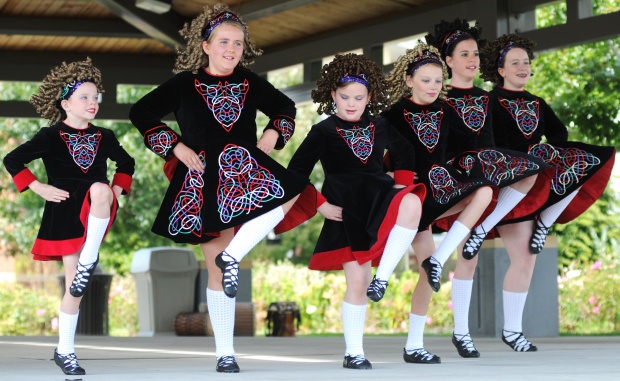
Light jig is the fastest type of this dance. It is performed in 6/8 time with a rhythmic pattern of three levels of difficulty - beginner, primer and intermediate. Dancing in soft shoes. Steps (steps) are very fast and can vary greatly from school to school.
Single jig, or in other words hop jig, has a size of 12/8. For it, as well as for a light jig, soft shoes are required. This is one of the simplest forms of Irish dance and is most widespread in Europe. It is with single jigs that they begin training in dance schools.
Slip (sliding) jig is performed in 9/8 time signature with emphasis on the first beat. Sometimes this variety is called Irish ballet because of the performance on high "half-toes" of legs shod in soft shoes. Graceful movements, as it were, lift the dancer above the platform, giving the effect of light soaring. However, the lightness is only visible: slip jig is one of the most difficult types of Irish dance.
Double jig - male dance. In every movement - the spirit of a warrior, the nature of the dance - assertive, warlike, the choreography pattern is linear, the accents are in the beating of the rhythm. It can be performed in both soft shoes and hard shoes. Has a faster beat than the single jig.
In every movement - the spirit of a warrior, the nature of the dance - assertive, warlike, the choreography pattern is linear, the accents are in the beating of the rhythm. It can be performed in both soft shoes and hard shoes. Has a faster beat than the single jig.
A 6/8 treble jig with a strong beat on the count of three. Unlike other varieties, this one is performed in hard shoes. A slow pace, a lot of pirouettes, swings, jumps are the main features of the treble jig. The traditional performance is 92 beats per minute (usually chosen by beginners). Experienced and skilled dancers prefer a slow triple jig with 73 beats per minute.
By the way, almost all festivals of Irish culture perform exactly the treble jig, which is complex both in terms of rhythmic pattern and performance technique.
The hornpipe, like the treble jig, is played in hard shoes and has a complex rhythmic syncopated pattern. A distinctive feature is the size 4/4.
A set is a dance performed to music of a specific time signature (such as a hornpipe or treble jig). The traditional set has different difficulty levels.
The traditional set has different difficulty levels.
Irish jig has long gone beyond the alma mater. Today it is danced in Europe, the USA and Russia. They say that to see yourself dancing a jig in a dream is a harbinger of fun and many pleasures. Because this dynamic, cheerful and beautiful dance gives truly vivid emotions.
The jig is an old British dance. Its origin is Celtic. The speed of the jig is fast. The jig is one of the main melodies used in Scottish and Irish dances.
The jig got its name from a musical instrument, namely, a small violin. Melodies for dancers were played on such a violin in the 12th century. At first, the jig was a pair dance, but gradually it began to spread as a solo, and later as a solo comic dance. At the beginning of the 18th century, the Italian jig was widely developed. In the 18th century, the jig gave way to the minuet, gavotte and other increasingly popular European dances and gained a foothold among the people.
The jig in Irish dances
The jig later became the basis for many Irish dances, and its melody is usually played in three versions. Depending on the speed that the dance gained, the jig was divided into single jig, double jig and treble jig.
Single jig
Single jig is one of the simplest varieties of this dance. This type is most widespread in Europe. In modern times, jig training begins with a single jig, since this type is easier to learn.
Double jig
Double jig is played at a faster pace. When dancing a double jig, the dancers put on soft shoes and during the dance they beat the rhythm in the manner of Irish tap dancing.
Treble jig
The treble jig is danced at a slower pace. The dancers wear hard shoes. The main dance elements are all kinds of pirouettes, jumps, swings. Many dance moves are performed by alternating single jig, double jig and treble jig, thus changing the pace of the dance.